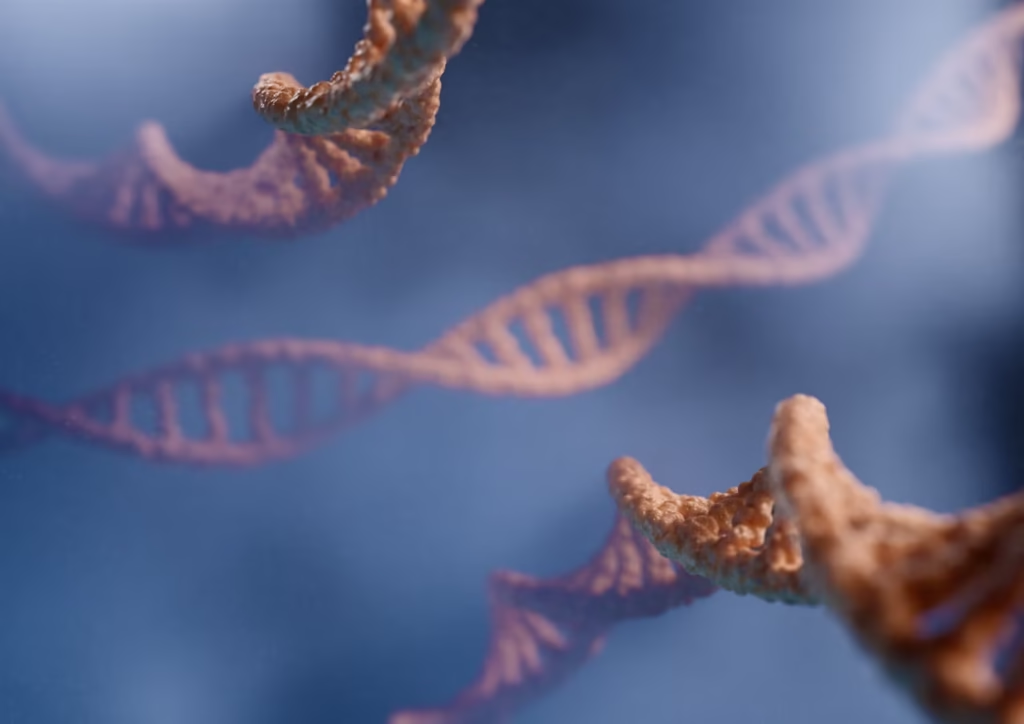In a groundbreaking development for genetic medicine, a new gene editing therapy has shown extraordinary potential in treating inherited genetic disorders, offering hope to millions of people affected by conditions once deemed incurable. On February 8, 2025, researchers announced the successful results of clinical trials using GenEdit, a cutting-edge gene editing tool designed to correct genetic mutations at the source, preventing the progression of disorders like sickle cell anemia, cystic fibrosis, and Duchenne muscular dystrophy.
The therapy works by using the revolutionary CRISPR-Cas9 gene-editing technology to target specific genes and correct mutations directly within the patient’s DNA. By introducing precise alterations to the genetic code, GenEdit restores the function of affected genes, reversing the symptoms of the disorder and, in some cases, completely eliminating the need for lifelong treatments.
“We are seeing an unprecedented level of success with GenEdit,” said Dr. Linda Matthews, the lead scientist behind the trials. “For the first time, we have a therapy that doesn’t just treat the symptoms of genetic diseases, but actually corrects the underlying genetic flaws. This is a major milestone for medicine and could be life-changing for countless patients.”
The clinical trials, which began two years ago, involved patients with severe genetic disorders. The results have been overwhelmingly positive, with patients experiencing significant improvements in quality of life and a marked reduction in symptoms. For example, children with sickle cell anemia who received the treatment have seen their pain crises decrease by over 80%, while young adults with Duchenne muscular dystrophy have regained significant muscle function, allowing them to walk and perform everyday tasks more easily.
The success of GenEdit in these trials has sparked excitement within the medical community, as gene editing offers a potential permanent cure for diseases that currently have no effective long-term treatments. Unlike traditional therapies that focus on managing symptoms—such as pain relief for sickle cell patients or respiratory treatments for those with cystic fibrosis—GenEdit addresses the root cause by repairing the defective genes responsible for these conditions.
Patients and their families are expressing immense relief and hope following the trial results. Sarah Johnson, whose 10-year-old son was part of the trial for sickle cell anemia, shared her emotional response: “I never imagined a world where my son wouldn’t be in pain. After the treatment, he hasn’t had a single pain crisis. This feels like a miracle.”
While the results are promising, experts caution that the therapy is still in the early stages and further research is needed to understand the long-term effects and potential risks of gene editing. The treatment’s accessibility and cost will also play a crucial role in determining how widely it can be adopted. As with many cutting-edge medical treatments, the high cost of development and the complexity of the therapy could limit its availability, especially for patients in low-income regions or without sufficient health insurance coverage.
The research team behind GenEdit is working to expand trials to include a broader range of genetic disorders, and they are optimistic that the technology could be adapted to treat a variety of conditions, such as hemophilia, Huntington’s disease, and certain forms of inherited blindness.
“We’re at the beginning of a new era in genetic medicine,” said Dr. Matthews. “What we’ve accomplished so far is just the tip of the iceberg. The potential applications of this technology are enormous, and as we refine the treatment, it could change the way we approach genetic diseases forever.”
As 2025 unfolds, the promise of gene editing continues to grow. With further clinical trials and more research, the goal of making permanent, genetically targeted treatments accessible to all those suffering from inherited disorders is within reach. For now, patients who participated in the trials are serving as a beacon of hope, proving that a future without the burden of genetic diseases may not be as far off as once thought.
